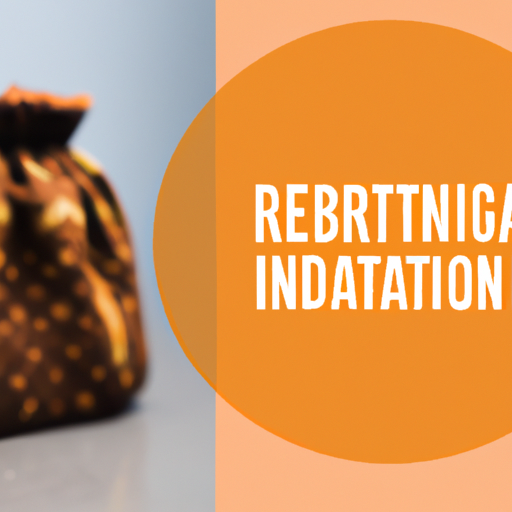Thermoregulation
Understanding thermoregulation: the body’s natural cooling system
Thermoregulation is a crucial aspect of maintaining our body’s internal environment. It’s the process by which our bodies maintain a stable internal temperature, even when external temperatures fluctuate. This ability to keep our body temperature within a narrow range is essential for survival and optimal functioning.
The science behind thermoregulation
Our bodies are like finely tuned machines, constantly working to keep everything in balance. One of the most important balances is body temperature. The human body works best at around 98.6°F (37°c). Thermoregulation involves various bodily systems working together to ensure that this temperature remains constant, regardless of whether we’re in a hot desert or a cold tundra.
The hypothalamus, located in the brain, acts as the body’s thermostat. When it detects that the body is becoming too hot or too cold, it sends signals to various organs and systems to adjust accordingly. For instance, if you’re overheating, your hypothalamus will trigger sweating, which helps cool you down as sweat evaporates from your skin.
Sweating: nature’s cooling mechanism
Sweating is one of the primary ways our bodies manage heat. When we get too hot, sweat glands release moisture onto our skin’s surface. As this moisture evaporates, it takes some of the heat with it, cooling us down in the process.
However, for individuals with hyperhidrosis, this cooling mechanism goes into overdrive. Hyperhidrosis is a condition characterized by excessive sweating beyond what’s necessary for thermoregulation. This can be particularly challenging because it disrupts normal activities and can cause significant discomfort and social anxiety.
Hyperhidrosis: when thermoregulation runs amok
Living with hyperhidrosis means dealing with sweating that isn’t necessarily tied to physical exertion or high temperatures. Imagine sitting in an air-conditioned room and still having sweaty palms or feet; that’s what many people with hyperhidrosis experience daily.
The exact causes of hyperhidrosis aren’t entirely understood but are believed to be linked to overactive sweat glands triggered by the nervous system. For some people, hyperhidrosis can be hereditary; if one of your parents has it, there’s a good chance you might too.
Managing hyperhidrosis: finding relief
So how do you manage something as persistent as hyperhidrosis? There are several treatment options available:
1. Antiperspirants: over-the-counter antiperspirants can help block sweat glands temporarily.
2. Medication: prescription medications can reduce sweating by affecting nerve signals.
3. Botox injections: surprisingly effective for many people; botox can block nerves that trigger sweat glands.
4. Surgery: in severe cases, surgical options like sympathectomy may be considered to remove or destroy specific nerves responsible for excessive sweating.
Each treatment has its pros and cons depending on individual needs and medical advice should always be sought before proceeding with any treatment plan.
Lifestyle adjustments for better control
In addition to medical treatments, certain lifestyle changes can help manage symptoms better:
– Wear breathable fabrics like cotton and linen.
– Avoid spicy foods which can trigger sweating.
– Keep hydrated; drinking water helps regulate body temperature.
– Practice stress-reducing techniques such as yoga or meditation since stress often exacerbates hyperhidrosis symptoms.
These small adjustments might not eliminate excessive sweating but they can certainly make life more manageable.
The importance of thermoregulation in everyday life
Thermoregulation isn’t just about staying comfortable; it’s about keeping all bodily functions running smoothly:
– Enzyme functionality: many enzymes only function optimally within specific temperature ranges.
– Metabolic rate: extreme temperatures can slow down metabolic processes or speed them up dangerously.
– Homeostasis maintenance: keeping internal conditions stable ensures overall health and well-being.
When thermoregulation fails due to conditions like hyperhidrosis or external factors like extreme weather conditions without proper precautions (e.G., Hydration), serious health risks such as heatstroke or hypothermia become imminent threats.
Understanding thermoregulation helps us appreciate just how incredible our bodies are at adapting to different environments while maintaining balance internally—a true testament to human resilience!
In conclusion—whether you’re someone who occasionally sweats during workouts or deals with daily challenges due to hyperhidrosis—thermoregulation plays an indispensable role in ensuring we remain healthy no matter what life throws at us!







